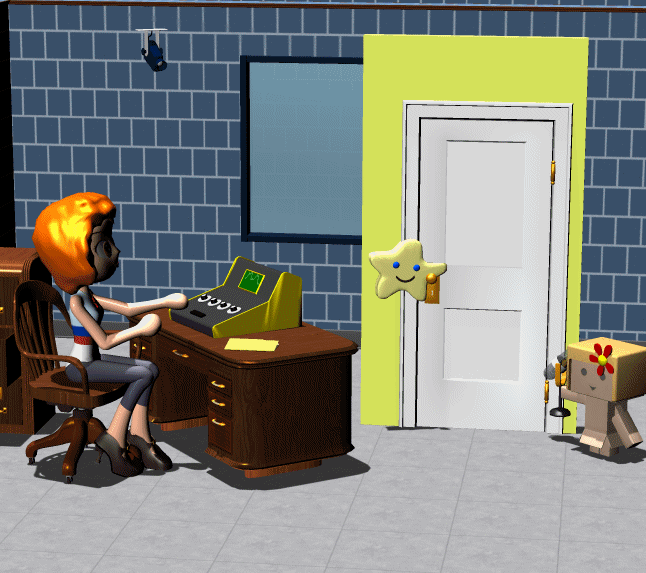Thursday, January 12, 2017
More silliness about language
More of the usual point-missing, along the same idiot lines as this.

The barks, yacks and wa-hoos of the Guinea baboons reveal distinct human-like vowel sounds... The authors studied the acoustics of 1,335 baboon sounds and the animals' tongue anatomy. They cast doubt on theories that language developed only after the appearance of humanoids with a low larynx. Instead, they say their research suggests that the human vocal system developed from abilities already present in ancestors such as the Guinea baboon.Baboons have no particular relevance, and the presence of certain formants has exactly zero relevance to language. Language is a message coded into a time-based sequence of changes in ANY variable, which can be reliably received and decoded into the original message. Almost everything produces 'human-like vowel sounds' at one time or another. Insects, birds, reptiles, trees creaking in the wind, the wind itself, rushing or dripping water, car engines, door hinges, ad infinitum. Animals are doing language for the same reasons as humans, under the command of the same genes. The inanimate things on this list have nothing to do with language.

Professor Scott Moisik of the Max Planck Institute for Psycholinguistics in the Netherlands, who was not involved in the new study, said its findings fit with other research — and his own experience listening to primates in zoos and online animal videos. "When I hear a cat on YouTube produce a vocalization that very much sounds like 'oh long Johnson,' or the 'no no no' cat, or a dog that gets pretty-darned close in imitating 'I love you' ... I am led to believe that, to use the words of Boe and company, 'speech precursors' (however rudimentary or limited) go back further than 25 million years ago."I'm glad to see an official scientist using Youtube as a resource. All sorts of ACTUAL OBSERVATIONS are available there, most of which go way beyond the tired handful of official observations that neurologists and behaviorists have been overusing for decades.
[Moisik] and colleague Dan Dediu noted that vowels are just part of the equation — and called for more research on tougher-to-make consonants.But now he's blown his advantage. Acoustically, consonants DON'T EXIST. What we normally describe as a consonant is just a time-dependent reshaping of the vowel formants, sometimes including a moment of silence. It's entirely possible to "make" "consonants" without any actual contact of lips or tongue. It happens all the time in real speech. Ventriloquists formalized and expanded the technique. There's nothing special or "tough to make" about consonants, because consonants are not a category or entity at all.
Labels: Blinded by Stats, Grand Blueprint
